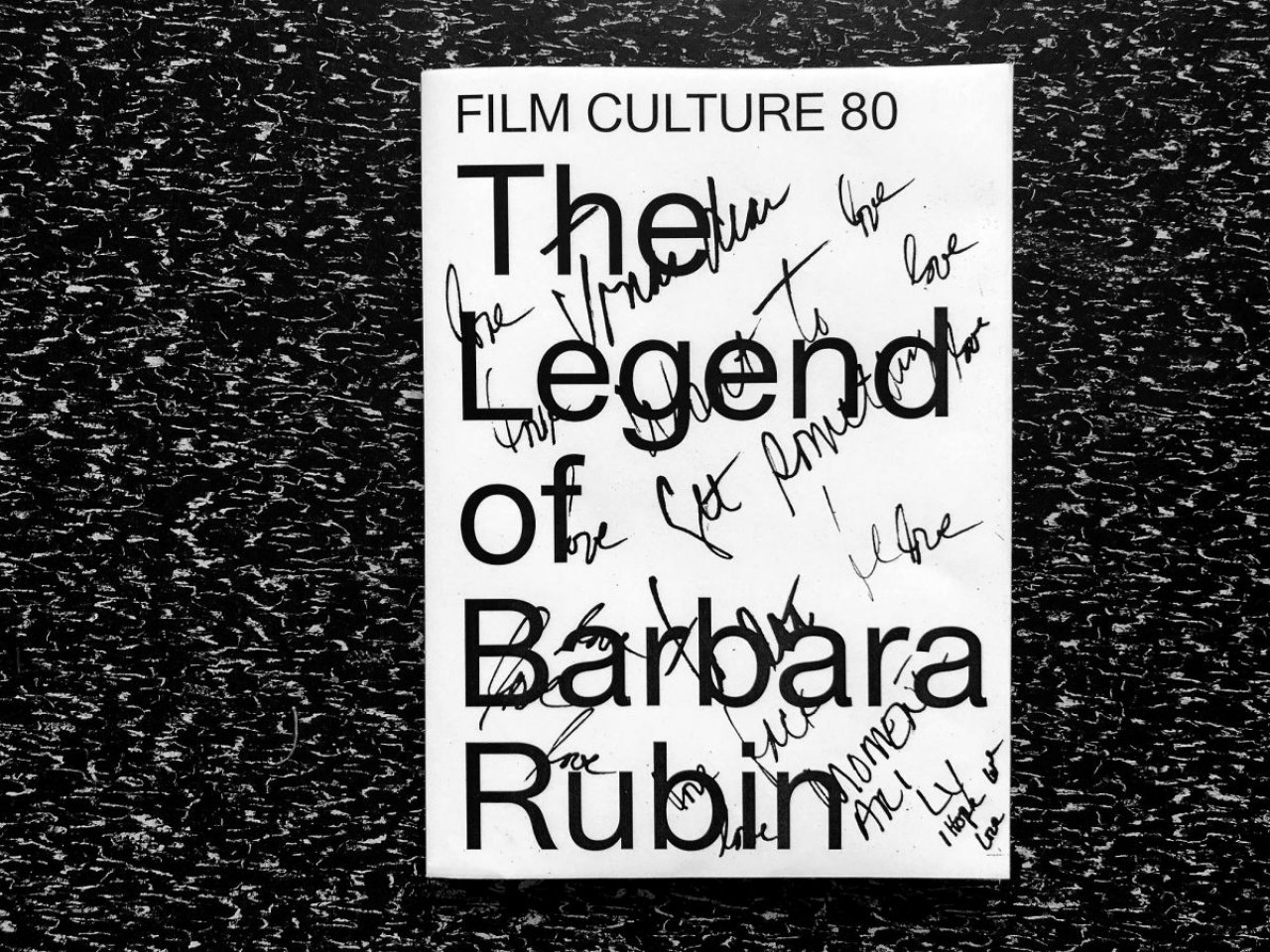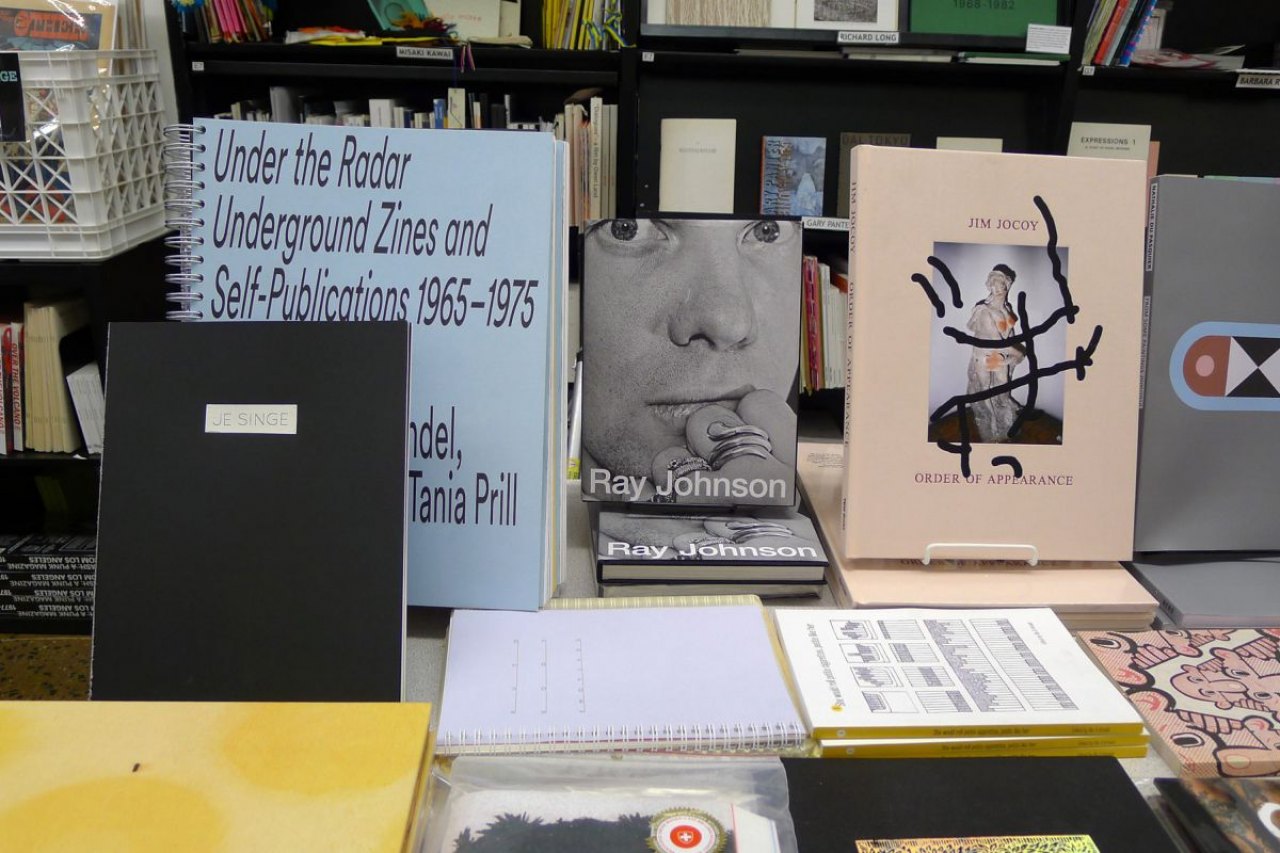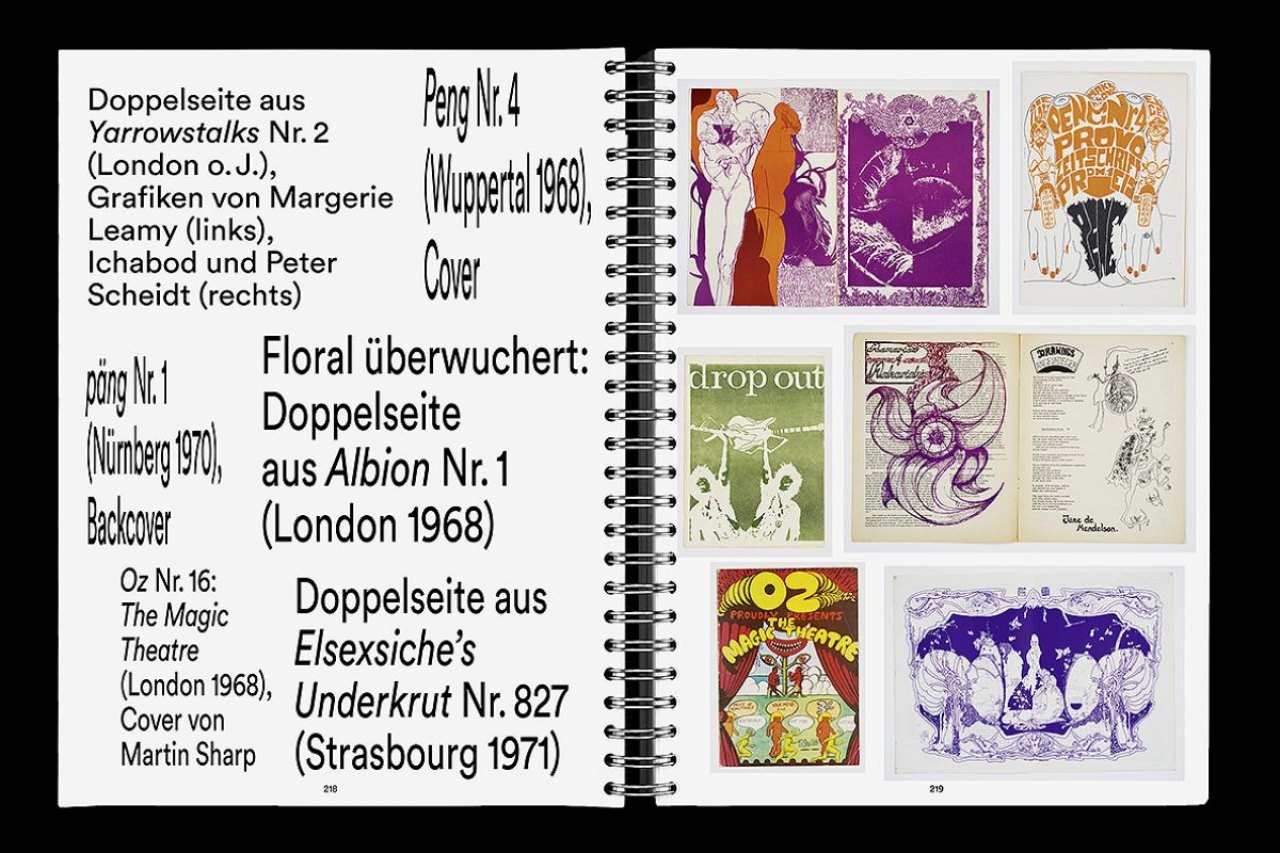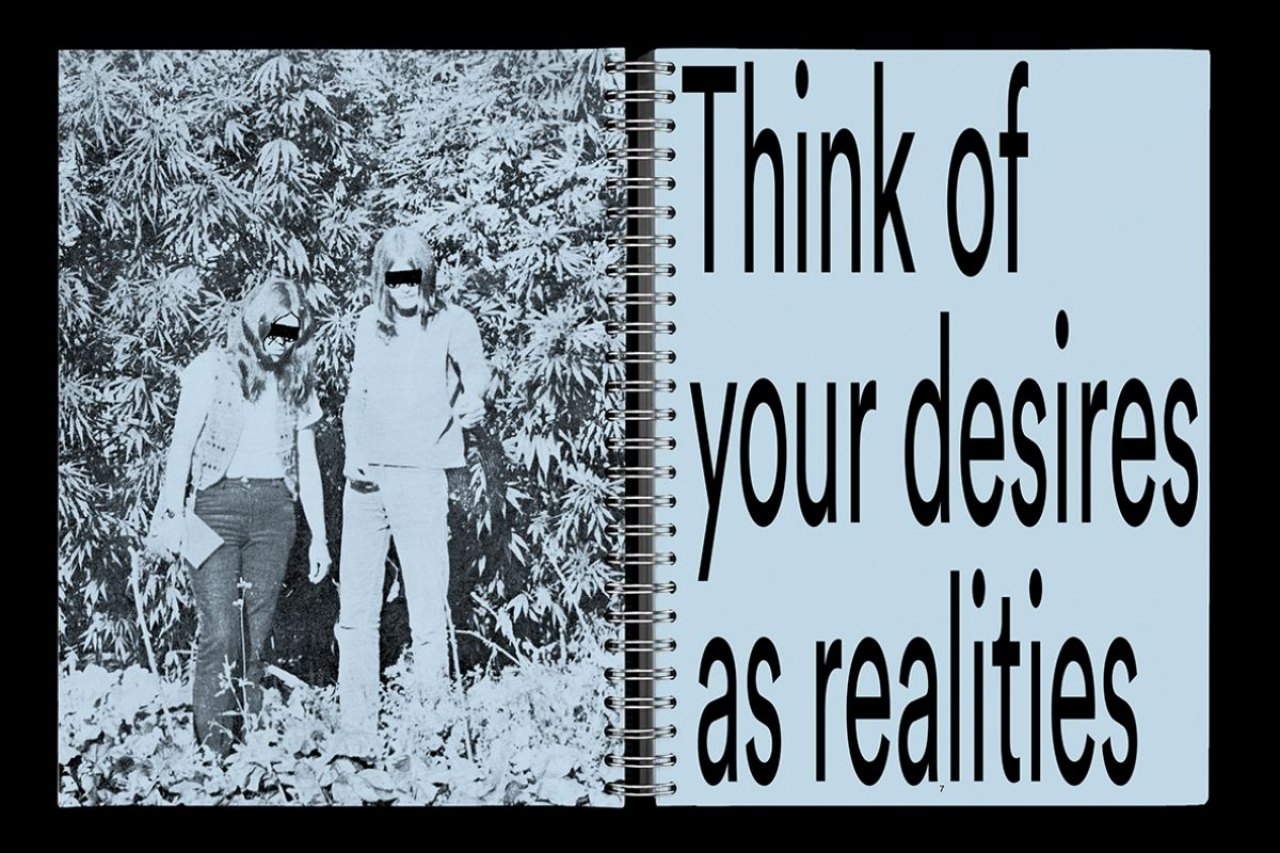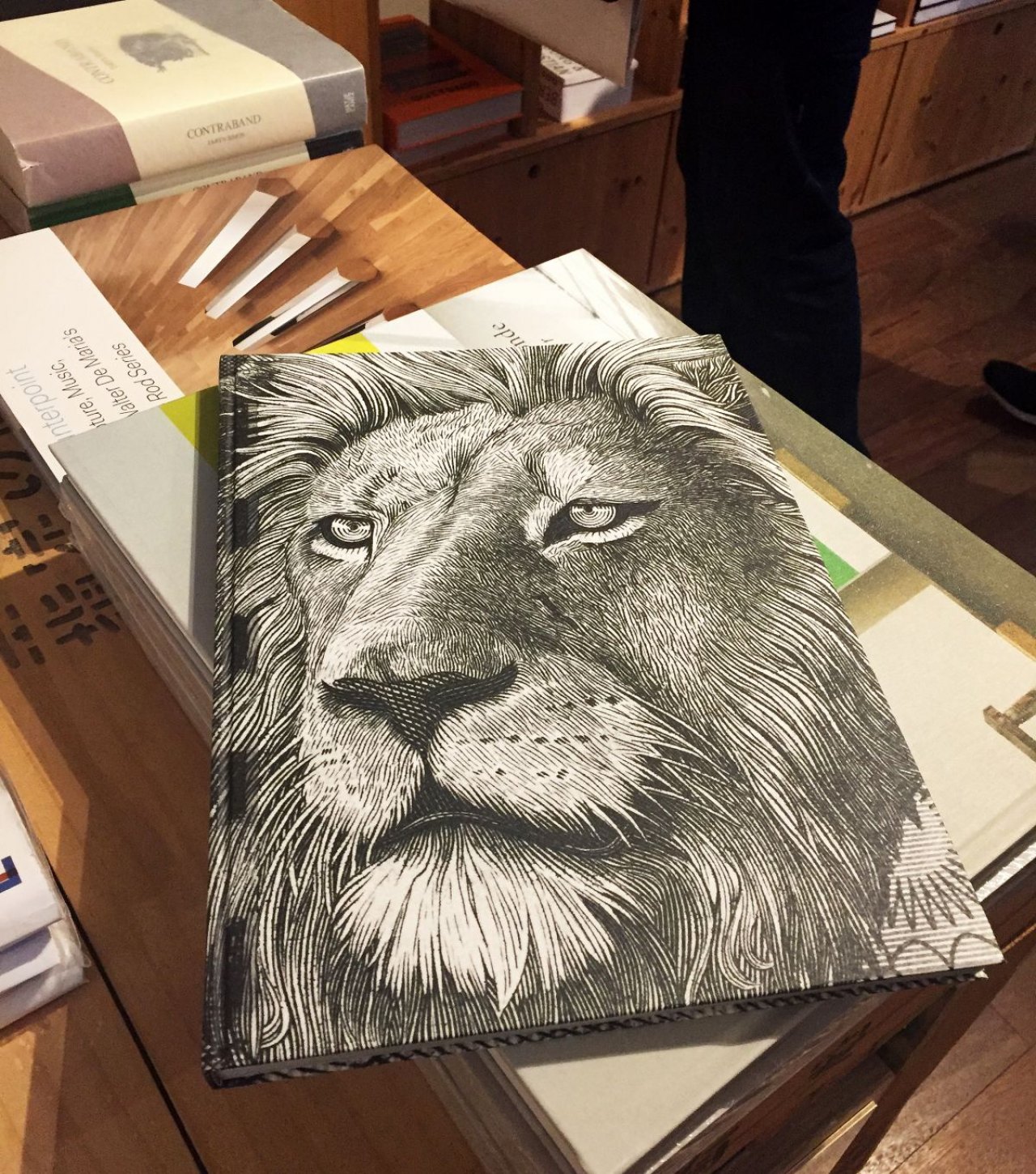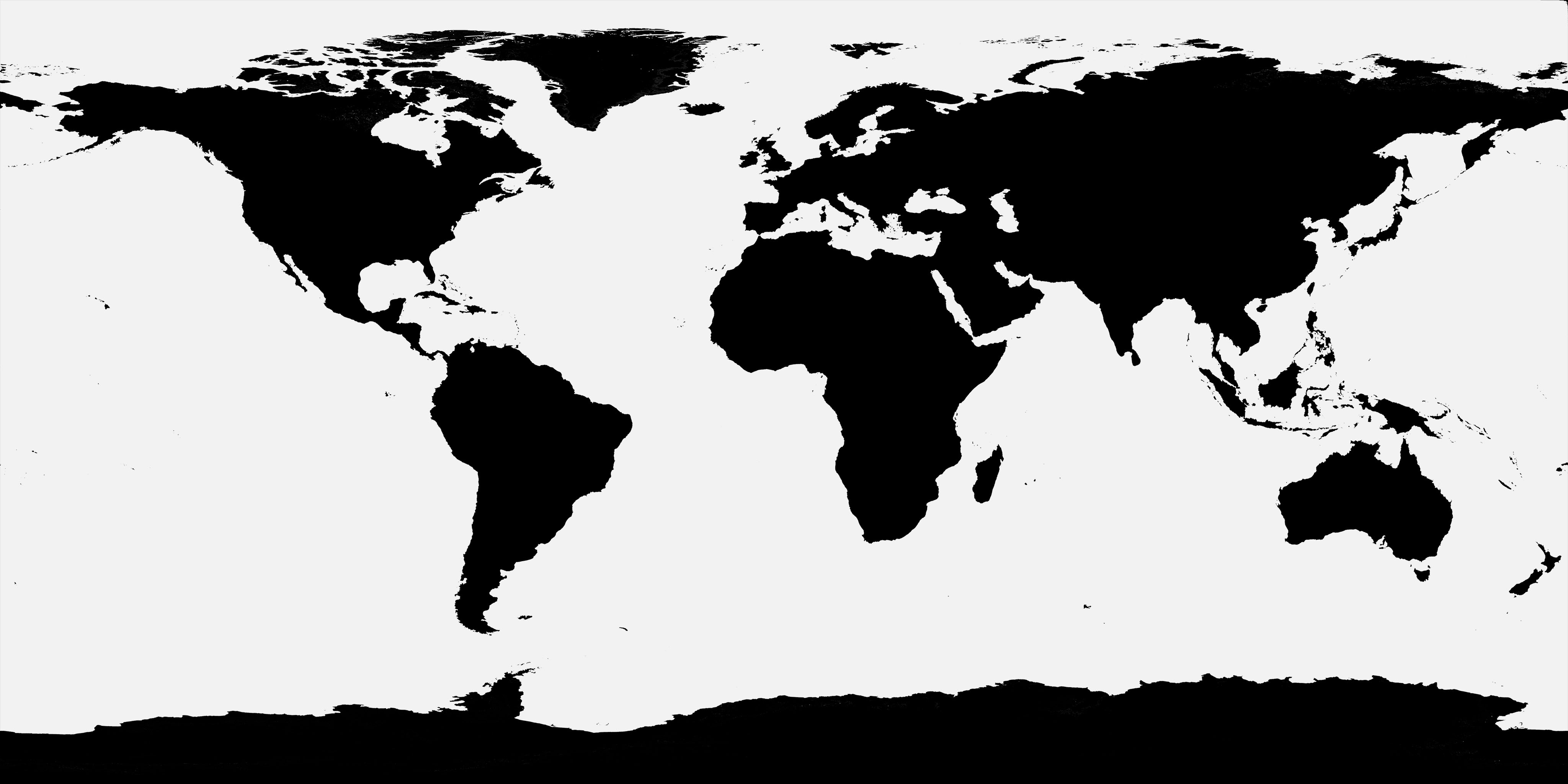Tania Prill
Tania Prill is a graphic designer living and working in Zurich. She grew up in Hamburg and studied visual communication in Bremen and Zurich. From 2001 to 2018, she worked with the renowned studio Prill Vieceli Cremers. In 2018, she founded the Tania Prill studio. As a graphic designer, she has created artist book projects, and she is also the editor of Unter dem Radar, Underground- und Selbstpublikationen 1965–1975. In addition to her artwork, her activities include teaching. Tania Prill has been a professor of typography at the University of the Arts Bremen since 2010.
This interview was conducted in June 2018. Lea Sievertsen IGV met Tania Prill TP in Bremen, Germany at the University of the Arts Bremen.
taniaprill.com
Introducing the cultural context
IGV Is there a particular place in Zurich that inspires you? What is it precisely that makes this place special for you?
TP Zurich has the Albis hills, a chain of hills in the Canton of Zurich. At present, I go there almost every Sunday. From my flat, it takes me only 20 minutes to get there. After a taxing climb, I am surrounded by nature, and I can walk through it as long as I wish, with a wonderful view. Anyone who knows their way about up there can be almost alone, although it is a much-frequented pleasure spot. Descending, I reach the Sihl river and can jump into the water in the summer.
IGV You travel between Zurich and Bremen a good deal, and you grew up in Hamburg. Why did you choose Zurich as the place for your life to centre on?
TP I studied in Bremen and in Zurich, and after I completed my studies I stayed in Zurich, mostly because of love.
IGV Is Zurich a good place for graphic design?
TP There are interesting commissions here, a special consciousness for graphic design, and a lot of engagement with the content. I think that Switzerland is a very good place for graphic design, focused on the cultural area.
IGV What qualities come to mind when people talk about the “Swiss mentality”?
TP Punctuality, structure, commitment, precision. These are what I consider to be positive qualities. The qualities that I would describe as negative are a certain unfriendliness, and a level of social control that is very heightened, especially in public spaces.
IGV You had previously been to Switzerland as a student in the 1990s. Were there – and are there still – particular cultural values in Switzerland from which you felt you could learn something?
TP While I was studying, I learnt how to phrase things tactfully. My German directness got me into a lot of trouble. In Switzerland, I learned to express myself in a more restrained way. There was an upside and downside to this, but I do value this quality.
IGV Do you think this sense of restraint is also reflected in Swiss society?
TP Processes can be exceptionally protracted here. An extreme example of this is the introduction of votes for women. This did not happen until 1971. In the Canton of Appenzell Innerrhoden, it did not happen until 1991.
IGV Aside from the Swiss cultural influences, are there other cultural influences that have been significant to your professional development?
TP Yes. I have been living here for 25 years now, almost as long as I lived in Germany. I have German and Swiss citizenship. I feel German in Switzerland and Swiss in Germany. A mixture of the two cultures, and my constant movement between the two countries – always being on the move – has left its mark on me. If you were to ask me where I like to be, I would say: on the move. Being able to get to know both university systems was very important for my professional development. The free system in German Art universities was in contrast with the educational structures in Zurich. At the same time, there was significantly more freedom in Switzerland in terms of the results produced, which were more varied than the work of students in Bremen. There, the work produced tended to be quite homogenous at the time. Typographically, much of the work was strongly based on the Ulm School, for instance. This was because the professors had studied there.
Introducing the person
IGV What role does beauty play in your work?
TP A very good question. I never use that word when I’m talking about my work, or when I’m talking to students about design. Design is not like art or philosophy – in design, the expression “beautiful” has some rather negative connotations. “Beautiful” is often equated with “decorative”. I find it interesting to talk about the concept of beauty in aesthetics, and to find out what the criteria for its evaluation are.
IGV What is the most beautiful thing that you have ever encountered?
TP When I was a child living in Hamburg, there was a kingfisher in our garden. I used to watch it flying over our pond, looking like a natural disco ball. I still often remember this image today. My newborn babies were also beautiful, especially when they were asleep. (laughs)
IGV Are there specific themes or ideas that are especially fascinating to you at the moment?
TP I am currently occupied with the question of simultaneous perceivability of music. To what extent is it possible to hear different songs simultaneously? Jointly with Peter Tillessen, I am working on a book about his project "Whatever" which is inspired by Quodlibet. This was a popular trend in the baroque period, which involved the simultaneous playing of various musical pieces. And I have just discovered the American avant-garde filmmaker Barbara Rubin, who started working with film as the intern of Jonas Mekas and later became a close friend of him. She inspired a number of artists, including Andy Warhol and Velvet Underground, and her life story is as remarkable as it is tragic. I am currently working on a book about her for Spector Books, together with Franziska Bauer.
IGV You previously worked as an editor on “Under the Radar, Underground Zines and Self-Publications 1965–1975”, which meant that you were concerned with the theme and content as well as the design.
TP My way of working has changed over the years. Today, I tend to work on projects, often collaborating with different people and sometimes working as the editor, rather than the designer.
IGV As a child, what was your dream job?
TP I didn’t have one. I only knew that I didn’t want to be either a doctor or a ballet dancer. When I was young, my imagination had no limits, and I could have been anything. In my final years at the Gymnasium, I rented a place in a studio from a Hamburg artist. I used to go there to paint, draw, and to develop projects after school. The artist had studied design but realised after graduating that he wanted to be an artist and he had never worked as a designer. Talking to him made me realize that I didn't want to study art – but design.
IGV Are there other disciplines that play an important role for you? You already mentioned film and music.
TP At the moment: Art, literature, music, biology, philosophy, sport, linguistic sciences.
Working Life
IGV Can you describe your typical day?
TP My daily routine is different depending on whether I am in Bremen or Zurich. I am an early riser. I always start my day with coffee. In Bremen, I go for a jog along the Weser and then cycle to the University. I start work there around 8.30. My days are shaped by teaching and university meetings. I often meet colleagues in the evenings. We eat together and exchange news. My travelling allows me to be present on site and take my time. In Zurich, I also start my day with coffee. Then, I read the news, wake my children up and take them to school. At the moment, I don’t have a studio, as the place where I used to work – the former studio of Hans-Rudolf Lutz – is being renovated. So I often work in the reading rooms of Zurich libraries. I like this nomadic lifestyle and the working atmosphere there. Occasionally, I meet up with friends, or with people who I work with on projects.
IGV Are there certain rituals that you might associate with your design process?
TP There are plenty of funny moments in the design process, and plenty of stressful moments. I generally get by thanks to a certain stubbornness. I recently saw a beautiful example of failure in a film about the Black Mountain School. It showed Buckminster Fuller trying to erect his first dome, in the grounds of the Black Mountain School. With the assistance of colleagues and students, the structure was set up, but it instantly collapsed. The public was shocked, but Buckminster Fuller beamed. Asked about it later, he commented that the failure had given him new ideas and helped him to further refine his work.
IGV What processes do you go through in your idea-finding phase?
TP I try to go beyond the material that I already have – where are the gaps, and what might be added? Sometimes I show the material to other people who have nothing to do with the subject matter, trying to incorporate their view of the project. In the beginning, I collect everything and include all the thoughts – including the strange ones that initially appeared unsuitable and which I kept to myself to start with. Thus, I keep some areas open and keep my own counsel in others.
IGV What effect do your theoretical interests have on the research process? Do you read a lot?
TP Yes. I spend a lot of time in archives and libraries, or with my own bookshelf.
IGV Do you get your feedback from creative people in your own circle or do you have other sources?
TP Often, I ask precisely those people who are not engaged in any creative activity and who come from a whole different area, because they can give me an entirely new view of my work. It is important to discuss things with your clients, or with the team. People who come to me with assignments are part of a temporary team.
IGV Does compromise play an important part in this?
TP No, I don’t believe that it does. As I have already mentioned, teamwork is in the foreground and is especially important. But I don’t see this as compromise. Compromise is generally not a good thing, as it often results in the combining of two diametrically opposed ideas, leading to a poor result.
IGV Which do you feel is more important: the process or the product?
TP The process needs to be fun because you have to enjoy doing what you’re doing. Of course, in our field, it is ultimately the product that counts: no one is interested in how long I worked on a project, or how much pleasure it gave me. So the product is definitely in the foreground. The process is equally important, but it doesn’t concern outsiders. In teaching, the process is often more important than the end result.
IGV Is being a graphic designer a dream job?
TP I think that, for many people, it is a dream job, but it constantly poses fresh challenges. My profession changes constantly, requiring me to be open and flexible.
IGV Why do you think clients choose you as a designer – or you and your colleagues collectively as a studio? What aspects do you see as central to your/you and your colleagues’ expertise?
TP In the laudatory speech for the Jan-Tschichold Prize, Michael Guggenheimer, writing about us, said that we do not insist on imposing our own style. Instead, we engage with the subject matter and the specific project in order to find a suitable visual implementation. The ultimate result may be very different in each case. This may be one reason why clients want to work with us.
IGV So the way you approach things – and, above all, how you work with the clients – plays a major role.
TP Yes, you might put it like that.
IGV In your opinion, what are the qualities that characterize a good graphic designer?
TP That brings me back once again to the theme of failure: you have to allow for mistakes, and you mustn’t throw in the towel too quickly. Additionally, graphic designers need plenty of sensitivity. They must be able to listen and be patient. A very particular kind of communication is required. Also, analytical capacity and intelligence don’t hurt.
IGV Are there typical conflicts that arise, with clients, for instance? How do you tackle these conflicts?
TP I believe that almost all conflicts boil down to inadequate or insufficient communication, or to the modes of communication being too complicated. There are things that should not be communicated by email. Sometimes a phone call or a direct discussion is the better choice.
Attitude
IGV Who do you create designs for? For everyone, or for the connoisseurs?
TP Both. It depends on the context or the project.
IGV What movements or designers have had a particular influence on you?
TP Poststructuralism influenced me. So did Germany’s AKW movement of the 1980s. Also, the Swiss graphic designer Hans Rudolf Lutz, because he had an unconventional attitude. The Emigre Fonts – at the time, we were among the first to work using computers at university. There are many graphic artists and studios that have fascinated me over the years, but today it tends to be individual pieces of work.
IGV Swiss graphic design is highly regarded and is known for its precision and object simplicity. Can you describe the idea or attitude behind this form of design?
TP I would say that simplicity is in the past now. It does not define present-day Swiss graphic design as much as it once did. I would say that it is more characterized by precise handling of typography, which is apparent even during training. At the same time, I am critical of the concept of “Swiss graphic design”. Many of the designers who are described as typical contemporary Swiss designers have studied, taught, and lived abroad. They have absorbed plenty of different influences that cannot be simply categorized as “Swiss graphic design” and brought them back to Switzerland.
IGV Is this something that you identify with as a graphic designer? For instance, in the book “Unter dem Radar, Underground- und Selbstpublikationen 1965 – 1975” Jan-Frederik Bandel writes about the underground self-publishing culture, suggesting an interest in a kind of “anti-scene”.
TP I find the way the past relates to today exciting. When I saw the Jan-Frederik Bandel collection “Archive of Independent Publishing”, which provided the basis for our book and exhibition project, I looked for connections with the scene of today. We wanted to display an unprecedented spectrum of the BRD’s underground publications and self-publications, including the international context in which they were created. The Independent Publishing scene is currently experiencing a boom. These days, every art university has a risograph, and there is a tremendous amount of publishing going on everywhere. Admittedly, I think a great deal of it is uninteresting. Since we are standing on the shoulders of authors, publishers, and printers from the 1960s and the 1970s, it is worth connecting and creating a dialogue between the perspectives and actions of the scene as it was then and the scene as it is today. This is what “Under the Radar” tries to do. The “Archive of Independent Publishing” is now housed at the HfK Bremen, and we wanted to make it available for research. Currently, I am working in a team on the further development of the exhibition which will take place at the Kunsthalle Bern in December 2019. With the project–wir publizieren–"we are concerned with the question of how to identify increased interest in printed matter in small editions or obscure networks, and with how themes, approaches, aesthetics, and attitudes have changed in independent publishing since the 1960s (and why)." (http://www.wir-publizieren.ch)
IGV Are there wider themes that recur through your work? If so, how do they leave their mark on your work?
TP I like to collect things. Years ago, when I was travelling in Iran, I noticed the pictures on the banknotes. I was particularly interested in the fact that these are representations of power – mini-posters – that we distribute in their millions without questioning the iconography of the notes. This gave me the idea for our book “MONEY” which I designed and edited together with Sebastian Cremers and Alberto Vieceli. The Barbara Rubin project interested me because it was a chance to make her life and work better known. In the male-dominated 1960s/1970s American art scene, her work – which I find very meaningful – sank without a trace.
IGV Are there specific themes that unite a large proportion of Swiss designers?
TP A certain passion for collecting.
IGV What, in your opinion, is the worst thing about contemporary graphic design?
TP The failure to ensure that graphic design is appropriately remunerated. After all, most designers have completed studies at Art University. People should place a higher value on their work. At the university, I get lots of enquiries from non-profit organizations that don’t have a budget for graphic design. On top of this, I don’t understand why some agencies and designers don’t pay their interns a monthly salary.
IGV Aren’t there any sayings that designers use that you find especially sanctimonious?
TP “Don’t cry –work.”
IGV Is graphic design important?
TP Yes! And especially in our society today. More and more areas call for the attention of graphic designers and for their solutions. I recently visited a child doctor’s practice with my 6-years old son. In his treatment happened a serious mistake in regarding the medication. The medicament was mixed up with another wrong one, that had nearly the same package design. This is an example of a problem that affects many European countries, which I see as a design problem that could be solved by design interventions. Our way of working will keep on changing, in the direction of working in transdisciplinary teams and integration into research projects where the focus will be on developing a common language. I believe that graphic design is an area that will in future encounter extreme and major challenges.
IGV Does design have the power to change society?
TP I think that graphic design is always dependent on society in its development and that in many respects this works both ways. I wouldn’t go so far as to say that design can change society on its own, but it can certainly initiate processes.
IGV Imagine that you were the dictator of the world of graphic design. What policies would you implement first?
TP More women teaching in Art universities, more women Art university rectors, more women designers!
IGV One final question. To quote the band R.E.M.: Have you ever lost your religion?
TP “Oh no, I've said too much.”
